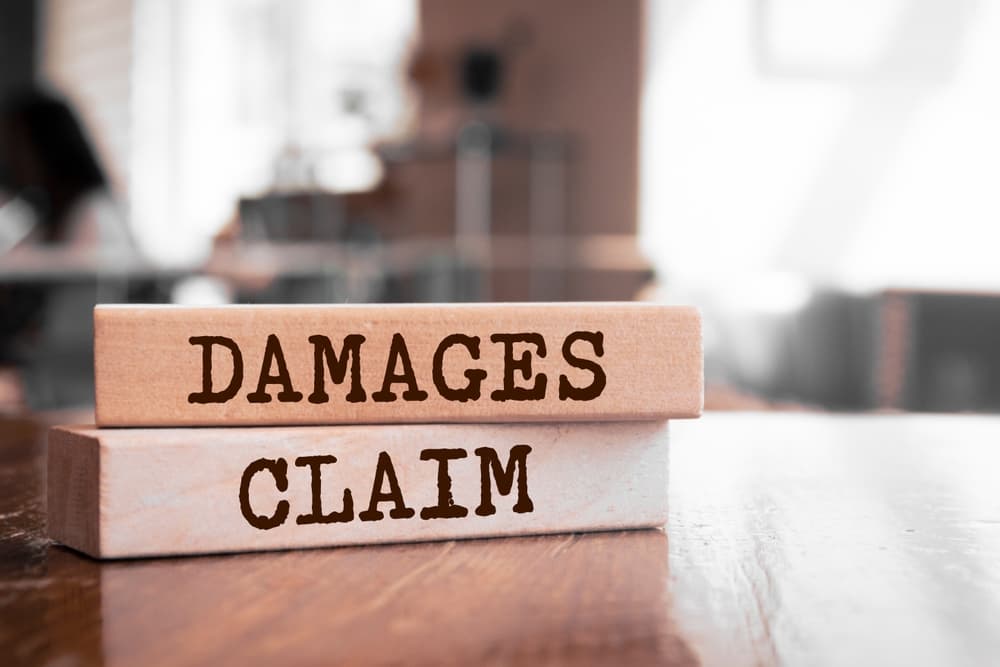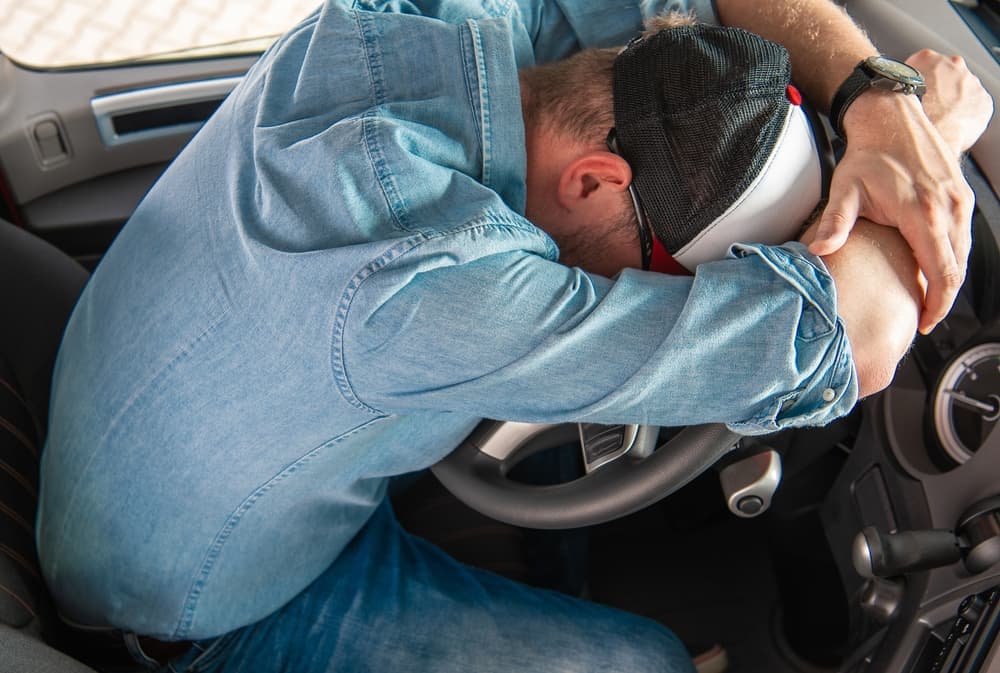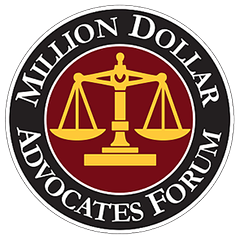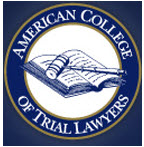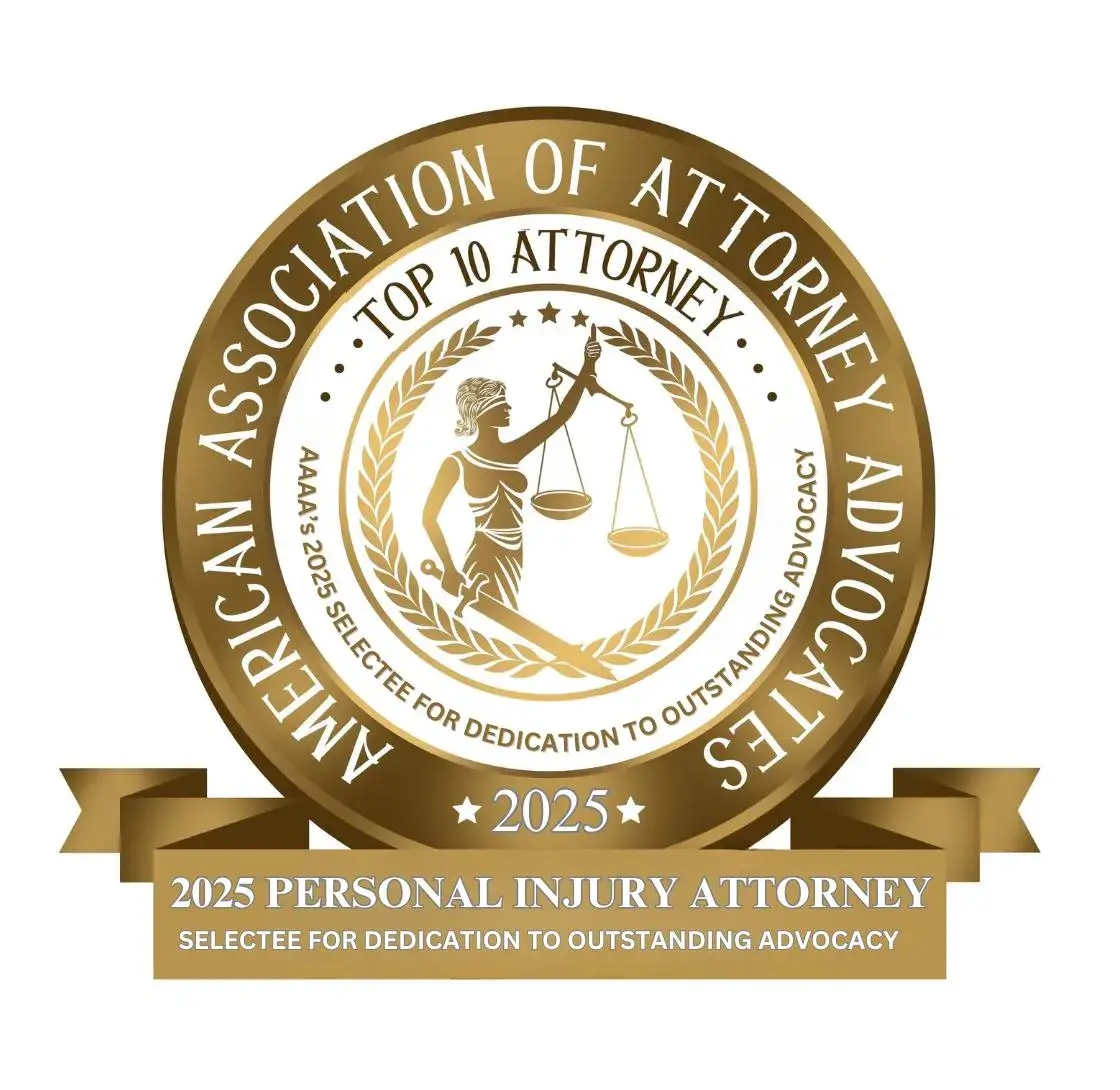
Truck Accidents Caused by Distracted Driving
It’s a scene replayed with tragic frequency on the highways crisscrossing Northern New Jersey and the Bronx: a routine drive—the daily commute, a trip to the store, a ride home to family—is shattered by the sudden, violent intrusion of an 80,000-pound commercial truck. The cause is rarely a sudden mechanical failure or a treacherous road condition. More often, it is a human one: a driver whose attention was directed not at the road ahead, but at a screen, a conversation, or a fleeting thought.
In that single, preventable moment, a life is irrevocably altered. The accident itself is only the beginning. What follows is often physical pain, emotional trauma, and a cascade of questions about a future that now looks terrifyingly uncertain. If you are reading this, you or someone you love has likely been forced into this new reality, the victim of a collision that should never have happened. This is a conversation about the devastating impact of distracted driving in the trucking industry—and what it means for those left to navigate the wreckage.
The Sobering Reality of a Moment’s Inattention
We share the road with large commercial trucks every day. We trust their drivers to be highly trained professionals who understand the immense responsibility of operating an 80,000-pound vehicle. Yet, like any other driver, they are susceptible to distractions. The difference is that when a trucker’s attention wanders, the consequences are magnified to a terrifying degree.
Federal statistics consistently show that driver error is the cause of the vast majority of truck accidents. Within that category, distracted driving is a significant and growing contributor. The Federal Motor Carrier Safety Administration (FMCSA) has found that a truck driver who is texting is over 23 times more likely to be involved in a crash or near-crash event.
Think about what that means. A truck traveling at 65 miles per hour covers more than the length of a football field in just five seconds—the average time it takes to read a single text message. For those five seconds, the driver is piloting a multi-ton vehicle completely blind. In that time, they can drift across multiple lanes, miss a slowing or stopped vehicle, or fail to react to a sudden hazard, leaving innocent people like you in their path.
What Exactly Is “Distracted Driving”?
When we hear the term “distracted driving,” we often think of texting. While that is a major culprit, the reality is much broader. Driver distraction is defined as any activity that diverts a person’s attention away from the primary task of safe driving. These distractions are typically categorized into three types, and the most dangerous activities involve all three at once.
- Visual Distraction: This is anything that takes your eyes off the road. For a truck driver, this could be looking at a GPS or navigation system, checking a map, glancing at paperwork on the passenger seat, or watching something on a phone or tablet.
- Manual Distraction: This is anything that takes your hands off the steering wheel. This includes holding a phone, typing a message, eating or drinking, adjusting the radio or climate controls, or fiddling with a dispatching device.
- Cognitive Distraction: This is the most insidious type of distraction, as it takes your mind off the act of driving. A driver could be looking straight ahead with both hands on the wheel, but if their mind is elsewhere, they are not truly present. This can happen when they are engaged in a stressful phone call (even hands-free), arguing with a dispatcher, worrying about a personal problem, or simply daydreaming from fatigue after long hours on the road.
Texting is so incredibly dangerous because it involves all three types of distraction simultaneously. The driver’s eyes are on the phone (visual), their hands are typing (manual), and their mind is on the conversation (cognitive). It is the perfect storm for causing a catastrophic accident.
Why a Distracted Trucker is an Unparalleled Danger

A distracted driver in any vehicle is a hazard. A distracted driver in a fully loaded tractor-trailer is a weapon. The basic laws of physics explain why these accidents are so often devastating for the occupants of the smaller passenger vehicle.
- Immense Size and Weight: A standard passenger car weighs around 4,000 pounds. A fully loaded semi-truck can legally weigh up to 80,000 pounds. When these two forces collide, the car and its occupants absorb nearly all of the impact. The resulting injuries are often severe and life-threatening, including traumatic brain injuries, spinal cord damage, internal organ damage, and multiple fractures.
- Massive Blind Spots: Large trucks have significant blind spots, often called “No-Zones,” on all four sides. A distracted driver is far less likely to properly check these zones before changing lanes or turning, leading to tragic accidents where a smaller vehicle is crushed or run off the road simply because the trucker never knew it was there.
- Extended Stopping Distance: It takes a passenger car traveling at highway speeds about 300 feet to come to a complete stop. A fully loaded truck needs nearly double that distance—almost the length of two football fields. A driver who is looking away for even a few seconds eliminates any chance they have of stopping in time to avoid a collision.
When you combine a driver’s inattention with the sheer force, size, and momentum of their vehicle, you have a recipe for life-altering tragedy. And it is a tragedy that should never have happened.
Navigating the Wreckage of Your Life After a Truck Collision
The accident itself may have only lasted a few seconds, but the consequences will last for months, years, or even a lifetime. The challenges you are now facing are not just physical; they are deeply financial and emotional, impacting every aspect of your existence.
The Physical Toll
Your injuries may require surgeries, extensive hospitalization, and a long, painful road of physical therapy and rehabilitation. You may be living with chronic pain, permanent scarring, or a disability that changes how you live and work forever. Simple tasks that you once took for granted may now be impossible without assistance.
The Financial Crisis
While you are trying to heal, the bills start to pile up. Ambulance rides, emergency room care, surgeries, and ongoing treatments can quickly add up to tens or even hundreds of thousands of dollars. At the same time, your injuries have likely left you unable to work. The income your family depends on has suddenly vanished, replaced by a growing mountain of debt and the terrifying question: How will we survive?
The Emotional Trauma
The invisible wounds are often the deepest. You may be experiencing flashbacks, nightmares, and severe anxiety. The sound of a truck on the highway may trigger panic. You might be afraid to get back into a car. This is often Post-Traumatic Stress Disorder (PTSD), and it is a very real and debilitating consequence of what you have endured. The stress of your situation can also strain your relationships with your spouse, children, and friends, leaving you feeling isolated and alone.
Proving Distracted Driving: Uncovering the Truth
You know the other driver was at fault, but knowing it and proving it are two very different things. Trucking companies and their insurance carriers have powerful legal teams whose primary job is to minimize their financial responsibility. They may try to blame you for the accident or argue that the driver did nothing wrong.

This is why uncovering the truth is so critical. Proving a truck driver was distracted requires a deep, immediate, and thorough investigation. Evidence is fragile and can disappear quickly. Key pieces of that evidence often include:
- The Driver’s Cell Phone Records: Subpoenas can reveal if the driver was texting, talking, or using data at the exact time of the crash.
- The Truck’s “Black Box”: Known as an Electronic Control Module (ECM), this device records critical data about the truck’s speed, braking, and other operational details in the moments leading up to the impact.
- Electronic Logging Devices (ELDs): These devices track a driver’s hours of service. While meant to prevent fatigue, they can also be a source of distraction as drivers interact with them.
- Company Communications: Records from dispatchers can show what the driver was being told or what tasks they were performing at the time of the accident.
- Witness Testimony: Other drivers who saw the accident may be able to testify that they saw the trucker looking down or weaving before the collision.
- Accident Scene Evidence: A detailed analysis by accident reconstruction experts can help piece together the sequence of events and demonstrate how distraction led to the crash.
Gathering and analyzing this evidence is a complex and painstaking process. It is a fight for the truth—a truth you deserve.
Distracted Driving Truck Accident FAQs
Here are answers to commonly asked questions about distracted driving and truck accidents.
The trucking company's insurance adjuster wants a recorded statement. What should I do?
It is best to politely decline. While the adjuster may sound helpful, their goal is to protect their company’s interests. A recorded statement can be used against you to minimize or deny your claim. You are not legally obligated to provide one. Before speaking with them, you should consult with an attorney who can protect your rights and handle these communications for you.
Is the distracted truck driver the only one responsible, or can the trucking company also be held liable?
In many cases the trucking company can also be held responsible. A company can be found negligent for its own actions, such as inadequate driver training, negligent hiring practices, poor vehicle maintenance, or enforcing policies that encourage unsafe driving. A thorough investigation will determine all parties that share fault for causing the accident.
What if I think I might have been partially at fault? Can I still seek compensation?
Yes, you can. Both New Jersey and New York have laws that allow you to recover damages even if you are found to be partially at fault, as long as you are not more responsible than the other party (51% or more). Your financial recovery would simply be reduced by your percentage of fault. Determining fault is a complex legal issue, so you should never assume you don’t have a case without a professional evaluation.
You Don’t Have to Face This Alone. Our Truck Accident Lawyers Stand With You.
Handling a serious truck accident claim while trying to heal is an impossible burden to carry on your own. The trucking companies have armies of lawyers and insurance adjusters on their side. You deserve a dedicated team of advocates on your own.
At Maggiano, DiGirolamo & Lizzi, P.C., we believe it takes courage to face the challenges ahead. Your courage in focusing on your recovery, day after day, is what inspires us. It’s our absolute commitment to justice that drives us to fight for you. We were founded on the principle of representing the person next door—our neighbors in Fort Lee, Hackensack, the Bronx, and all the surrounding communities.

We understand that your case is not just a file number. It is about your life, your family, and your future. That’s why we take the time to stand in your shoes, to learn everything about how this accident has impacted you, so we can tell your unique story. You aren’t just getting one lawyer; you are getting a dedicated team of 30 professionals committed to your cause. We are a rare firm that handles both your personal injury claim and any related workers’ compensation claim, ensuring every avenue for your recovery is maximized.
If you have been injured or have lost a loved one in a truck accident caused by a distracted driver, please do not feel you have to carry this burden by yourself. We invite you to come and speak with us for a free, no-obligation consultation. Let us listen to your story, answer your questions, and explain your rights. Contact us today at (201) 585-9111 or through our online form for a free consultation. Let us be your voice and your strength in this difficult time.



